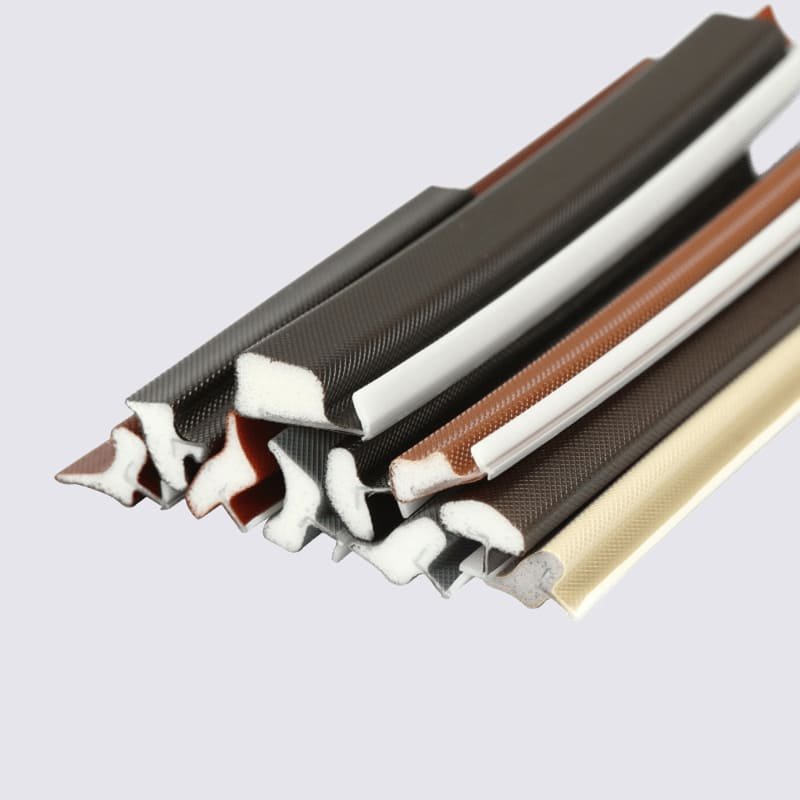Λωρίδες στεγανοποίησης αυτοκινήτου are an important component of any vehicle, καθώς βοηθούν στην πρόληψη του θορύβου, σκόνη, και άλλα συντρίμμια από την είσοδο στην καμπίνα του αυτοκινήτου. Επιπλέον, they can also improve the overall safety and security of the vehicle. Σε αυτό το άρθρο, we’ll explore the importance of car seal strips and provide tips on choosing the right one.
If you are interested in our λωρίδα σφράγισης, please contact me for a free sample
1. Μείωση θορύβου
Car seal strips are designed to reduce noise levels inside the car cabin, which can be particularly important for long journeys or for those driving in noisy environments. They can help reduce wind noise, road noise, and noise from other vehicles, resulting in a more comfortable and peaceful driving experience.
2. Dust and Debris Prevention
In addition to reducing noise, car seal strips also help prevent dust and other debris from entering the car cabin. This can be particularly important for those with allergies or respiratory issues, as well as for those who want to keep their car interior clean and tidy.
3. Improved Safety and Security
Car seal strips can also improve the safety and security of the vehicle. They can help prevent water from entering the car cabin during rain or floods, which can damage the car’s electrical components. Επιπλέον, they can also help prevent theft or break-ins by making it more difficult for intruders to access the car.
4. Choosing the Right Car Seal Strip
When choosing a car seal strip, there are a few key factors to consider. Πρώτα, consider the material of the seal strip. The most common materials are rubber seal strips and silicone seal strips, each with its own advantages and disadvantages. Rubber seal strips are more durable and affordable, while ταινία σφράγισης σιλικόνης is more resistant to temperature changes and chemical exposure.
Second, consider the size and shape of the seal strip. Make sure to choose a seal strip that fits the specific make and model of your car to ensure optimal performance.
5. Auto seal strip installation method:
Clean the surface: Use a clean cloth to wipe down the surface where the sealing strip will be installed. Make sure there is no dust, dirt, or debris that could interfere with the adhesion.
Measure and cut: Measure the length of the area where the sealing strip will be installed and cut the strip to the appropriate length.
Apply adhesive (if necessary): If the sealing strip does not come with adhesive backing, apply a small amount of adhesive to the strip. Follow the manufacturer’s instructions for the type of adhesive to use and how much to apply.
Install the sealing strip: Carefully align the sealing strip with the edge of the surface and press it firmly in place. Make sure the strip evenly and firmly adheres to the surface.
Test the seal: Close the door or window to test the seal. Ensure no gaps or leaks where air, νερό, or dust could enter the vehicle.
Trim any excess: If there is any excess sealing strip, carefully trim it with scissors or a utility knife.
Repeat as necessary: Repeat the process for other areas where sealing strips must be installed.





